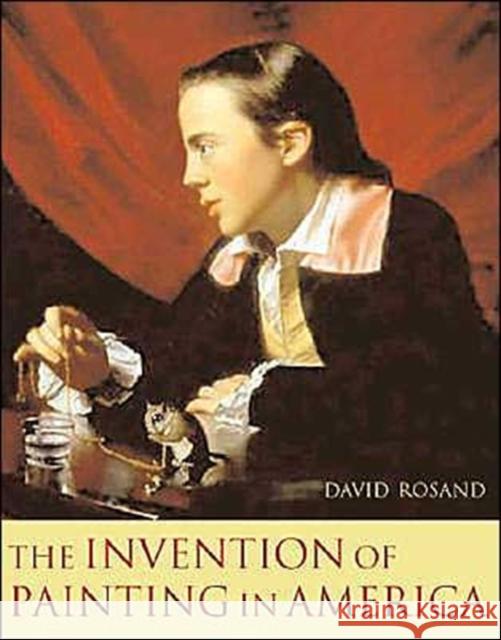topmenu

• Nauka
[2678508]
[1635285]
[64041]
[142605]
• Komiksy
[32622]
[21611]
[515985]
• Hobby
[108831]
[2077]
[198745]
[655]
• Słowniki
[2748]
• Inne
[405763]
[1920]
[165164]
[410648]
• Religia
[455855]
[400]
• Sport
[59759]
• Sztuka
[227679]
[3917]
[205170]
• Zdrowie
[88650]
[126]
• Zabawki
[3088]
[3369]
[266]
[10257]
The Invention of Painting in America
ISBN-13: 9780231132961 / Angielski / Twarda / 2004 / 246 str.
The Invention of Painting in America
ISBN-13: 9780231132961 / Angielski / Twarda / 2004 / 246 str.
cena 486,02 zł
(netto: 462,88 VAT: 5%)
Najniższa cena z 30 dni: 466,62 zł
(netto: 462,88 VAT: 5%)
Najniższa cena z 30 dni: 466,62 zł
Termin realizacji zamówienia:
ok. 22 dni roboczych.
ok. 22 dni roboczych.
Darmowa dostawa!
Struggling to create an identity distinct from the European tradition but lacking an established system of support, early painting in America received little cultural acceptance in its own country or abroad. Yet despite the initial indifference with which it was first met, American art flourished against the odds and founded the aesthetic consciousness that we equate with American art today.
In this exhilarating study David Rosand shows how early American painters transformed themselves from provincial followers of the established traditions of Europe into some of the most innovative and influential artists in the world. Moving beyond simple descriptions of what distinguishes American art from other movements and forms, The Invention of Painting in America explores not only the status of artists and their personal relationship to their work but also the larger dialogue between the artist and society. Rosand looks to the intensely studied portraits of America's early painters--especially Copley and Eakins and the landscapes of Homer and Inness, among others--each of whom grappled with conflicting cultural attitudes and different expressive styles in order to reinvent the art of painting. He discusses the work of Davis, Gorky, de Kooning, Pollock, Rothko, and Motherwell and the subjects and themes that engaged them. While our current understanding of America's place in art is largely based on the astonishing success of a handful of mid-twentieth-century painters, Rosand unearths the historical and artistic conditions that both shaped and inspired the phenomenon of Abstract Expressionism.









